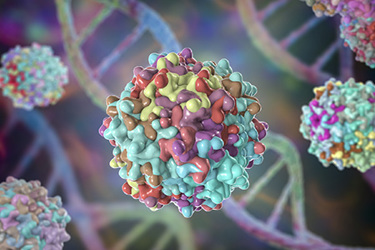Approaching High Resolution AAV Analysis On A Single CE Platform

This content is brought to you by SCIEX, a Danaher Operating Company.
Adeno-associated virus (AAV) is one of the most widely used delivery vehicle in gene therapy. To ensure the safety and efficacy of gene therapy delivered with AAV vectors, multiple critical quality attributes (CQAs) need to be well characterized prior to regulatory submission. Currently, different analytical platforms are being used for the characterization of multiple CQAs. However, these methods have limitations and are often not applicable to all serotypes without significant optimization. In this webinar, we present results from high-throughput multiple CQA analysis of AAV using a single platform: the multi-capillary BioPhase 8800 system. Discover how you can obtain high-definition analytical data related to the quality of the AAV gene vectors for the following CQAs: nucleic acid loading, viral protein profiles, ratio, and titer, empty, partial, and full capsid ratio, residual nucleic acids from the same samples on a single platform within one day. The workflow is serotype-independent and amenable for development and QC.
Learning Objectives
- Analyze and monitor viral capsid protein profile and ratio and determine viral particle titer
- Evaluate genome integrity and determine the titer of AAV capsids with intact genome
- Characterize product- and process-related impurities of AAVs for viral proteins and genome
- Obtain high-definition full, partial, and empty data with a novel methodology
Get unlimited access to:
Enter your credentials below to log in. Not yet a member of Bioprocess Online? Subscribe today.
